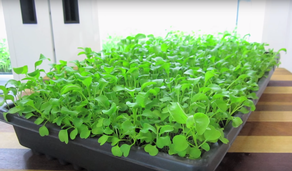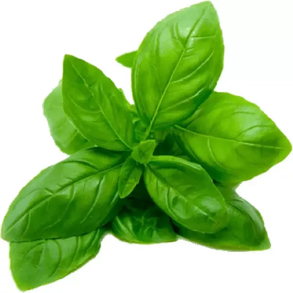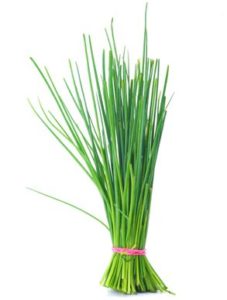Tips for Growing some Popular Herbs
Herbs are an important part of any urban garden, and they are rewarding to be able to grow them yourself. Here are some tips for growing some popular herbs.
Arugula
 Eruca vesicaria sativa
Eruca vesicaria sativa
A leafy green herb of the mustard family. Known also as rocket, Italian cress, roquette, and rucola, arugula has elongated dark green leaves that are lobed like the leaves of an oak. In the ground, the plant resembles a loose lettuce with long, slender leaves.
Arugula is related to both the radish and watercress, and the flavor of the leaves is similarly hot and peppery. The leaves can be between 3 and 8 inches (7.5-20 centimeters) in length, depending on the maturity of the leaf.
Native to the Mediterranean region, arugula has been grown as a vegetable since the Roman era.
Arugula is very low in calories and is a good source of vitamins A and C, folate, calcium, and magnesium. It can be eaten raw, added to salads with other salad greens, or cooked.
Tips for keeping your Arugula happy
- Arugula likes to remain on the cool side, a well ventilated space with a cool ambient temperature is ideal.
- Moist soil will reduce the risk of bolting.
| Hours of Light per Day | 10-12 |
| Light Spacing | 5-15 cm |
| Seed per 1020 Tray | 1 tsp |
| Days between watering | 4 days |
| Days to First Harvest | 21 |
| Harvest Frequency | Weekly |
Basil
 Ocimum basilicum
Ocimum basilicum
The name Basil is derived from the Greek word for king or royal, and its popularity spans the globe, since basil proves to be a good match for almost any kind of food.
Basil is also known as the “tomato sauce herb”, because it goes especially well with tomatoes and Italian cuisine. Unlike many other herbs, it is almost impossible to use too much in your cooking.
Basil is a tender herb that is typically grown in warm, tropical climates and is native to Asia and Africa, but can be cultivated in many areas around the globe. It is usually used fresh in recipes, generally added at the last moment, as cooking destroys much of the flavor.
Tips for keeping your Basil Happy
- Basil is very sensitive to ‘wet feet’ and if over watered the leaves will go soft and look a bit grey.
- If your basil collapses soon thereafter, this is a sure sign of over watering.
- Once this happens there is no reviving it!
The best time to harvest is just as the plant starts to set flower buds, well before flowers bloom. Basil is programmed to initiate flowering when it has six pairs of leaves on a stalk. For maximum production per plant, cut it back to two leaves per stem, and don’t let it grow past four pairs.
The later in the day you harvest basil, the longer it stays fresh.
| Hours of Light per Day | 10-12 |
| Light Spacing | 5-15cm |
| Seed per 1020 Tray | 1 tsp. |
| Days between watering | 5 days |
| Days to First Harvest | 35-42 |
| Harvest Frequency | Weekly |
Chives
 Allium (A) schoenoprasum
Allium (A) schoenoprasum
Chives are a very popular garnishing spice in French and Chinese cooking. Chives are used fresh or dried. The light purplish flowers of chives have a light, delicate chivelike flavor. The entire length of the tubular leaf is used in foods. Chinese chives have flat and wider stems than regular chives. Chinese chives or garlic chives are slightly garlicky and stronger in flavor than onion chives. They tend to lose most of their flavor through drying and when exposed to heat.
Tips for keeping your Chives happy
- Regular cutting helps keep plants vigorous and healthy and encourages spreading.
- Keep flowers picked to discourage dormancy in warm weather.
- Chives can be sheared back without worry and will in fact return fuller and denser.
| Hours of Light per Day | 10-12 |
| Light Spacing | 5-15cm |
| Seed per 1020 Tray | 2 tbsp |
| Days between watering | 4 days |
| Days to First Harvest | 14-21 |
| Harvest Frequency | Weekly |


 Anethum graveolens
Anethum graveolens